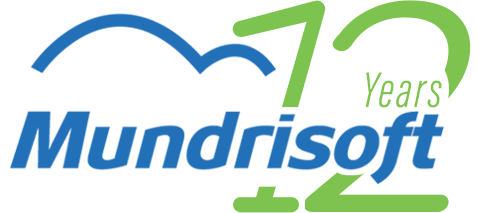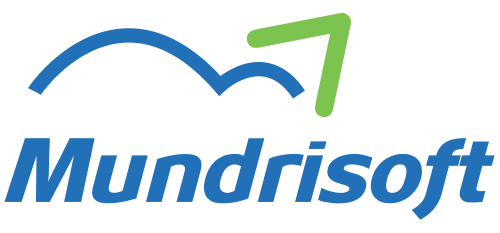
Top 6 EdTech Trends That Will Outlast the Pandemic
The resilient prevail is one of the primary lessons that the past year and the prolonged pandemic have taught. What started just as a global level transition to online learning has now more or less become an established model that will either develop further moving forward or stay in form of blended learning model alongside other new models that are being proposed.
While there are constant innovations being introduced almost every day, here are the top 6 EdTech trends that will outlast the pandemic.
1. The New dawn of Extended reality (XR)
Extended Reality (XR) is a broad term that covers technologies like augmented reality (AR), virtual reality (VR), and mixed reality, and any future technology might fit under the cap. Reports suggest that over 70% companies will be adopting immersive technologies like extended reality, AR and more by end of 2022.
What we considered as a high-priced option is now gaining popularity because of the reducing cost of VR devices, and AR tools gaining prominence; immersive learning is here to stay.
More so looking at the research progressing on creating interactive (VR) virtual laboratories for learning, this trend is most likely to outlast the pandemic.
2. Online Learning on the Roll
Digital learning has now become a part of the education system and shows no signs of slowing down. The scalability, the outreach and most importantly the safety aspect of learners are all resolved with online learning.
While home schooling too is growing as a trend, the noticeable increase in Zoom classrooms, Google Meets, Microsoft Teams sessions all show that online training is on the roll.
3. Video-assisted learning
As of 2021, an average person is predicted to spend 100 minutes per day watching online videos.” Videos provide a major share of knowledge, delivered prevalently through portals like YouTube, Vimeo, and other streaming channels. With more learners falling in the group of audio-visual learners, video assisted learning is here to stay. Videos provide both short nuggets of learning and comprehensive learning and for knowledge retention. With videos being easily streamable on smartphones, televisions, and other handheld devices, it helps make learning accessible for all.
4. Personalized Adaptive Learning
Personalized adaptive learning is an emerging pedagogical approach brought to the fore owing to the growing inclusion of EdTech in the learning environment.
It is an approach that covers individual characteristics, individual performance, personal development, and adaptive change. With big data technology in the picture, there is a lot of data-intensive research progressing. While it might be too difficult to keep track of in a classroom setting, the data tracking and analytics offered by EdTech services help in personalizing the learning experience and address each learner’s needs. Online education leverages the facility for students to leverage various degrees of personalization and differentiated instruction, adaptive learning, and personalized learning.
5. Artificial Intelligence driven Learning
AI driven digital learning interfaces can accommodate in real time with the learner’s requirement, providing the lessons and exercises that are needed to fill in knowledge gaps and reinforce concepts.
AI intervention has been used to overcome language barrier, through real-time translations. AI-enabled chatbots are also being used to engage with learners. With the teaching scenario changing considerably, this is an EdTech trend that stands the chance to outlast the pandemic.
6. Accessible Education
Reports show that, “there are between 93 and 150 million children living with a disability and in low- and middle-income countries as many as 33 million children with disabilities are out of school (Grant Lewis, 2019). Children with disabilities are less likely to complete primary, secondary and further education compared to children without disabilities.”
Therefore, designing accessible courses becomes important.
Accessible education gives independence to students with disabilities, but also helps other learners. For instance, captioned videos come in handy not only for those with special needs but assists the non-native English speakers too.
With the pandemic stretching, online learning and trainings are becoming the norm, and hence education for all will surely be a priority.
Focus on Post-Pandemic Learning Delivery
While the list may not be definitive, it just covers the EdTech trends that show distinct applications in the current scenario. Various tools are being used as teaching aids to make education digital and accessible. However, EdTech implementation in many regions still depends on factors like internet access and device connectivity. In addition, there are also licensing issues which make EdTech cost an issue for public education. The focus post-pandemic hence should be about open educational resources, open licences and EdTech that can be made available to learners irrespective of where they are.


